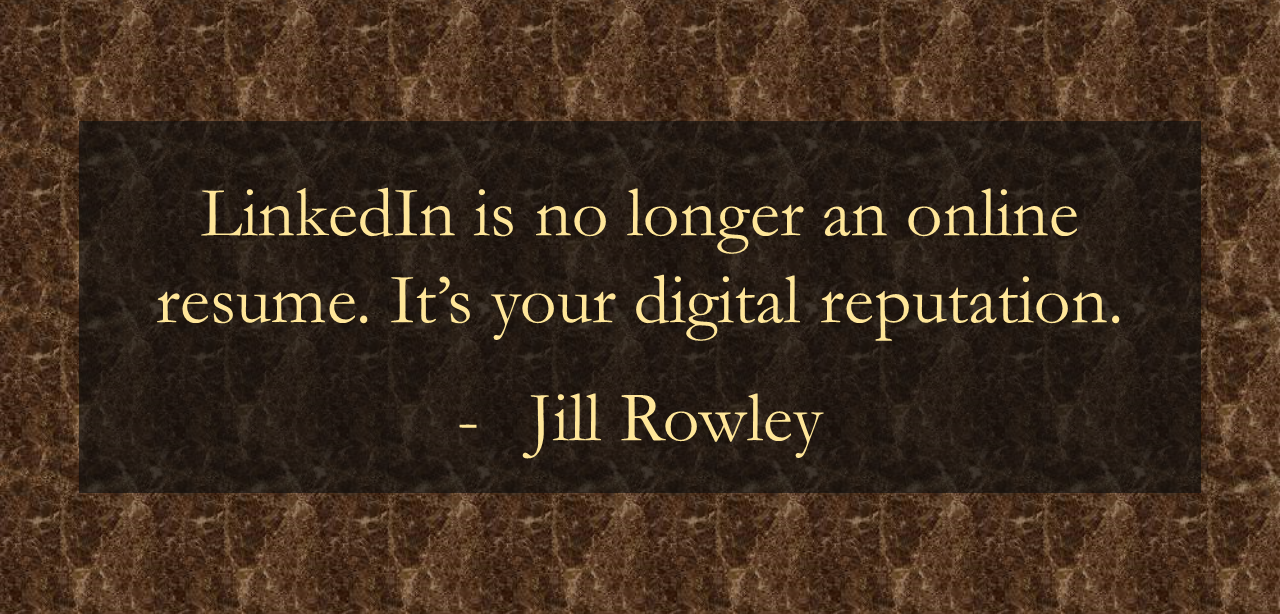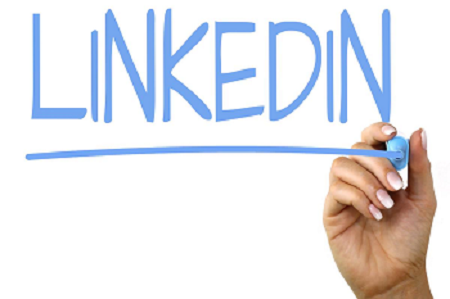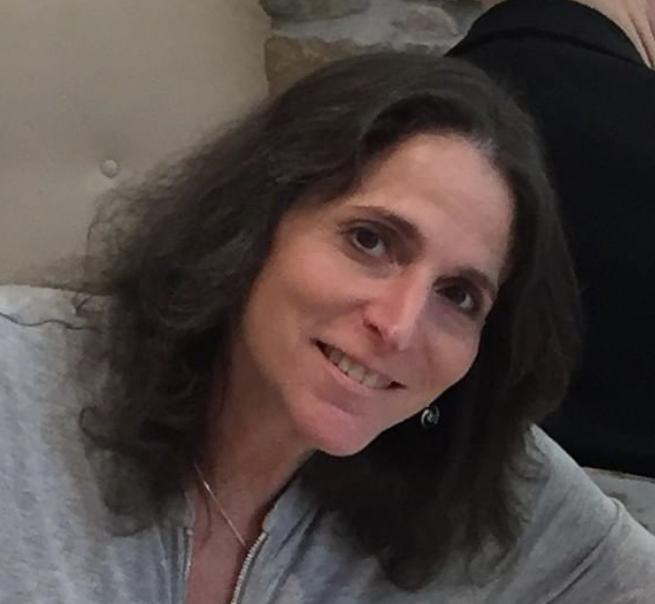In this episode, we explore the top reasons to use LinkedIn.
During the recent SEAK NonClinical Careers for Physicians Conference, I was surprised by the number of times LinkedIn was mentioned. It is a critical tool when seeking a nonclinical job. In one presentation the speaker noted that LinkedIn was the primary method for finding jobs as a medical writer.
In this week’s podcast, I address two of three major issues related to LinkedIn. The third issue will be addressed in the follow-up episode next week.
The three major aspects I'll describe are:
- Exactly what LinkedIn is;
- Why it is so important that you create a LinkedIn account; and,
- How to set up your account and use it.
What is LinkedIn?
LinkedIn is a social network designed for the business community. The site allows members to establish networks of people they know and trust professionally.
It’s a social media site that was founded in 2002. It is now owned by Microsoft. With over 500 million users worldwide, it boasts about 130 million users in the United States. It currently posts about 10 million jobs.
The primary feature that defines LinkedIn is each member’s profile. Think of this profile as a dynamic visual resume. But there are several other important LinkedIn features. These features make it critically useful to the physician pursuing a new career. These include networking, writing and posting articles, and online education.
That’s what it is. Let’s move on to…
The Top Reasons to Use LinkedIn
I believe that LinkedIn is a must for those planning to pursue a career in any nonclinical field. It is especially useful for physician managers and executives, consultants, coaches, and medical writers.
Here are the reasons I find it so useful. Most of them relate directly to its status as an online resume.
Reason #1. Job Hunting
My Story
Three years ago, I updated my LinkedIn profile and submitted my name to the job listings page. A short time later, an entrepreneur contacted me. He indicated to me through the Messaging feature that he was looking for a physician with my background. And he wanted me to consider joining him as a minority partner in a new venture: to open a new urgent care center.
He had devoted a couple of years to researching the business opportunity. And he had plans to open a clinic in a region north of Chicago that had a deficit of urgent care services. He thought that I had the necessary skills to partner with him. And offered to meet to discuss the opportunity.
About six months later, following some negotiation, I signed several agreements. I purchased stock in the new company. And I gave notice to my current employer that I was leaving my job as chief medical officer.
Fast forward two and a half years. Our clinic, called PromptMed Urgent Care, has grown from an unknown entity to a very thriving healthcare facility, treating 40 to 50 patients per day.
LinkedIn Has Helped Many Colleagues
I know of several other physicians who have found jobs in this way.
By creating and updating your profile and participating in LinkedIn jobs, you can constantly receive alerts about new jobs that match your search criteria. As an online resume, it works best if your profile is detailed, clear, complete, and authentic. However, it can present much more information.
It should contain your complete employment history (no gaps), and educational background. It should also list other experiences, including volunteer work. And you must include endorsements from those who know you well (professionally).
Think of this as creating your own personal brand that can be used for a variety of purposes, but especially job hunting.
Reason #2. Connections and Followers
LinkedIn provides recommendations for potential connections on an ongoing basis. You can cull your existing email lists or manually search for connections to add. But LinkedIn also facilitates the process of identifying new connections.
It will use your first-degree connections to identify second- and third-degree connections. You can message them and invite them to connect.
You can identify people in your workplace, and alumni from your undergraduate school, medical school, and residency programs to connect with or follow.
Once you’ve developed this network, you can sort and categorize them for the information you want to send them. You can message them, ask them questions, and consult with them in ways that help each of you professionally.
My Networking Story
About 2 years ago, I started with about 100 connections, mostly people who worked at the hospital where I was working as Chief Medical Officer.
After I started my blog, which targets physician leaders and executives, I made a concerted effort to nurture and grow my network, gradually adding mostly physician leaders. I would attend professional association meetings, then afterward reach out to physicians I had met, and connect with them on LinkedIn, adding them to my network.
I now have over 600 first-degree connections. And unlike Facebook and other social networks, there is no one spamming me or trying to convince me to join multilevel marketing schemes or forward chain letters.
For the physician pursuing a career transition, this networking feature is the second important feature of LinkedIn and it may actually supersede the importance of the Job Listings. In his book, Do You Feel Like You Wasted All That Training?, Michael J. McLaughlin describes the extensive amount of time he devoted to networking and its importance in assisting him in leaving plastic surgery and securing his first nonclinical job in the medical communication industry.
He does not specifically mention using LinkedIn, but had it been available it would have greatly streamlined his networking efforts.
Reason #3. Get Published
I enjoy using LinkedIn to post articles and showcase my expertise and writing skills. Posting on LinkedIn enhances my authority and reputation by allowing me to share articles from other sources, or my own original writing.
My Story
I posted my first article in August of 2015. It was a simple description of my wife’s business, a Home Helpers franchise that she opened in 2009.
After that, I posted articles focused on topics I thought would be of interest to physician leaders. The topics included physician employment, contracting and compensation issues, management, CME planning, quality improvement, patient safety, and communication.
So far, I’ve posted about 20 articles. Most receive less than 100 views. But I had one article (The Best Hospitals Are Managed by Physicians) posted in December of 2016 that has been viewed by 562 LinkedIn members so far.
I also post links to my blog articles and this podcast, both to my main feed and to some of the groups that I have joined on LinkedIn.
Share Your Articles
In addition to posting articles on LinkedIn, if you write for other outlets, like Medium or KevinMD, those can also be shared on your LinkedIn home page.
The article mentioned above (The Best Hospitals Are Managed by Physicians), and shared on LinkedIn, was picked up by Doximity. While most of my popular blog posts generate about 150 to 300 views, that one generated 1,000 views in one day, and so far over 2,800 views since it was posted in July of 2017.
Writing can help with career advancement, network development, and promotion of your side business or consulting practice if you have one.
Reason #4. Groups
There are thousands of groups on LinkedIn that can expand your reach and serve as a source of education and networking.
I’m personally a member of 14 groups, most of which are related to physician leadership, hospital executive interests, and non-clinical careers. I also enjoy the conversations posted to the Writing on LinkedIn Group.
Group members can interact even if they’re not otherwise connected on the site. I can post specific articles and opinions to my groups and thereby encourage interaction with other members. I sometimes post questions to experts in the groups.
Group members can help to identify nonclinical careers and share their experiences and answer questions you may have about various career options.
Reason #5. Good Source of News
I receive an ongoing flow of information from LinkedIn, including posts and articles on my feed from my connections and group members. I’m also able to find new authors to follow by managing my feed preferences. By clicking the “More“ icon on any post, I can add persons to follow from the Improve My Feed list, or the Followers list.
News and other content is also delivered to me daily from each of my groups. When I enter the Groups Area, I’m presented with Today’s Highlights, which is a personalized selection of conversations from my groups.
Reason #6. LinkedIn Learning
LinkedIn Learning grew out of LinkedIn’s purchase of Lynda.com. It has taken this content and merged it with its professional networking.
The content is free if you have a Premium Membership. There is a monthly fee to access LinkedIn Learning if you don’t.
There is a library of over 9,000 digital courses. And LinkedIn Learning will create personalized recommendations of courses for you, based on your interests and expressed needs. These courses can be accessed anytime, anywhere, on cell phones and other personal devices. And they’re very professionally produced.
Bonus Reason #7: It’s Free!
One of the big reasons to sign up is that you get all of this for free. Sure, there are premium services that can sometimes be useful but are often not required.
I’ve been growing my network on LinkedIn for about two years, mostly using the free membership.
In Closing
There you have the top reasons to join LinkedIn. If you are serious about pursuing a new career, especially a non-clinical one, you MUST use this platform.
If I’ve convinced you that you need a LinkedIn profile, you can go ahead and set it up now, or wait until next week when I'll walk you through Steps to Create an Awesome LinkedIn Profile. With that episode, I will provide a downloadable set of instructions to use if you need them.
I want to thank you so much for joining me today.
If you’ve enjoyed the podcast please tell your friends to check it out and Subscribe on iTunes
Let’s close with a quote.

Resources
Here is a list of resources mentioned in this episode:
[table id=10 /]
Right-click here and “Save As” to download this podcast episode to your computer.
The easiest ways to listen: vitalpe.net/itunes or vitalpe.net/stitcher
If you'd like to listen to the premiere episode, you can find it here: Getting Acquainted with Physician NonClinical Careers Podcast – 001







Leave A Comment
You must be logged in to post a comment.